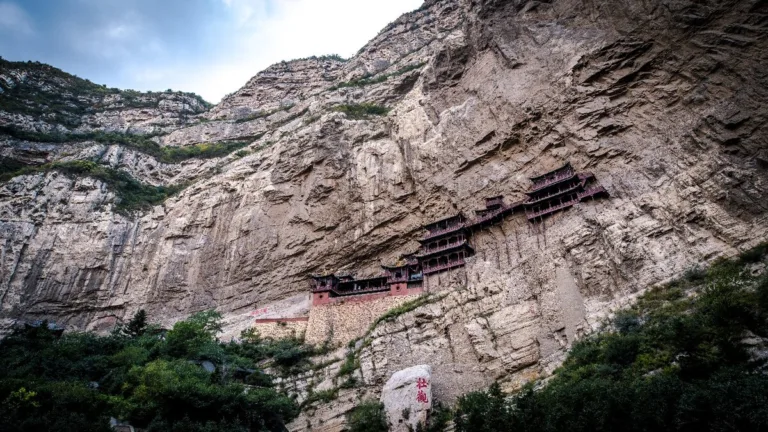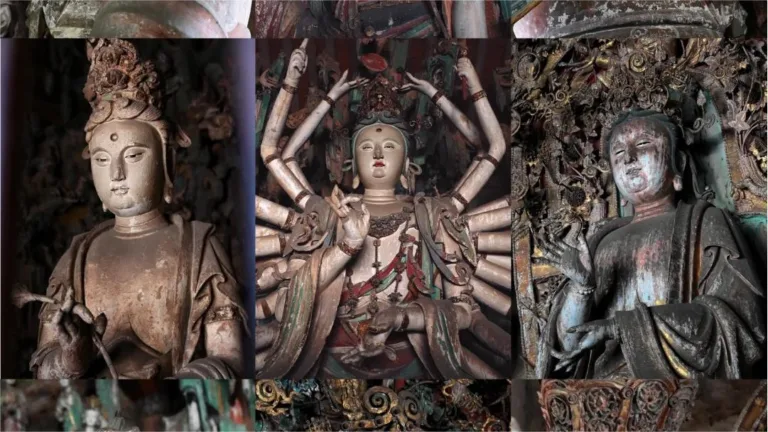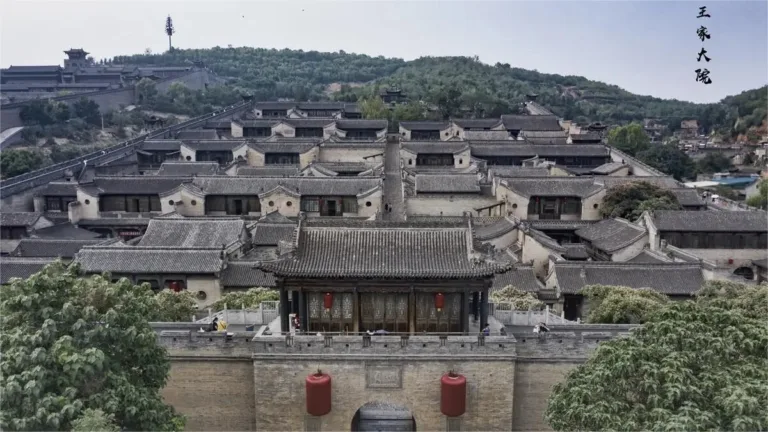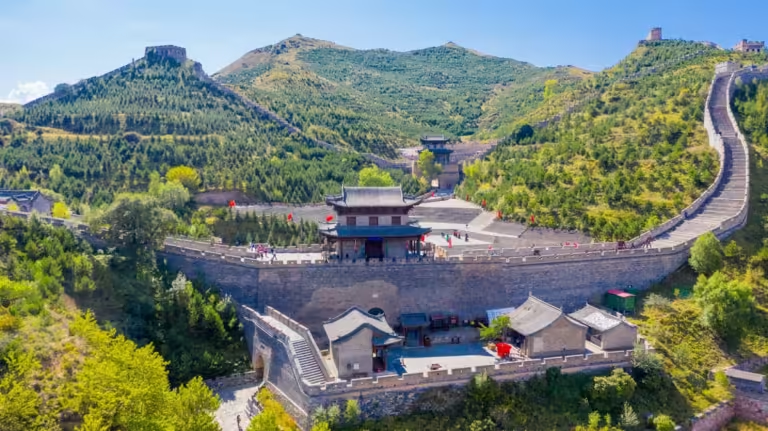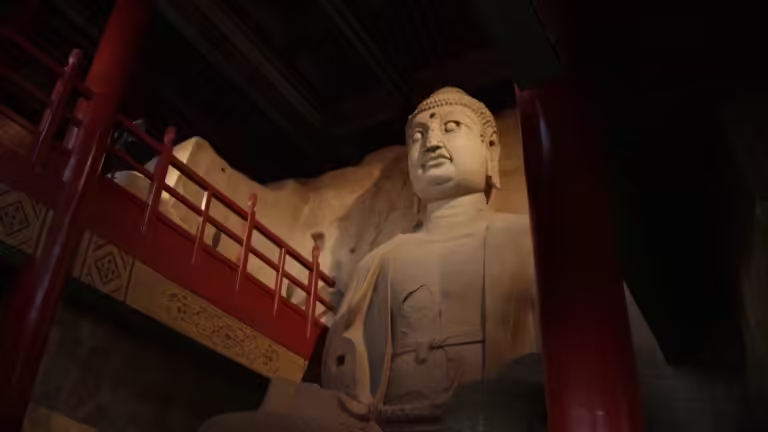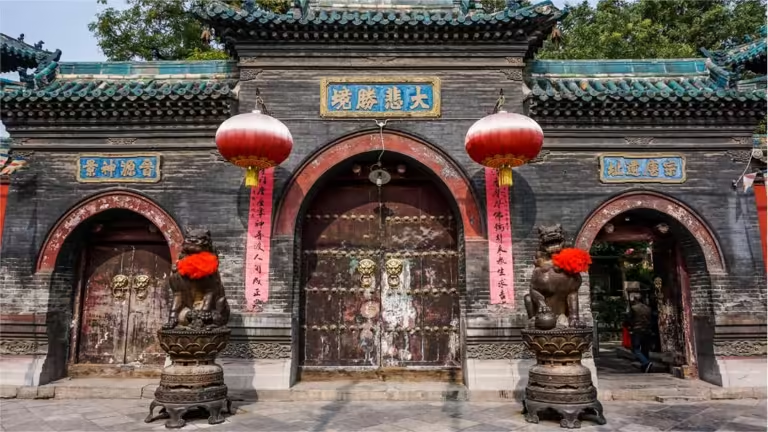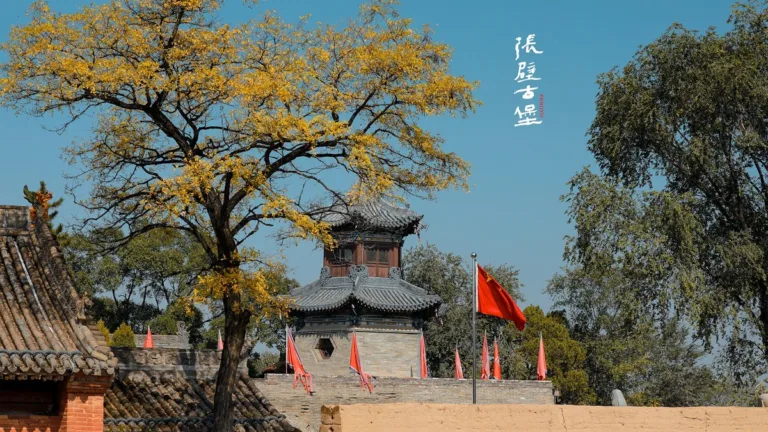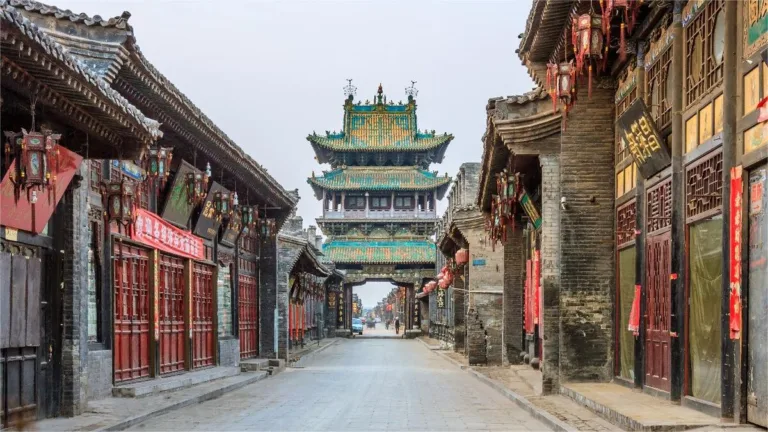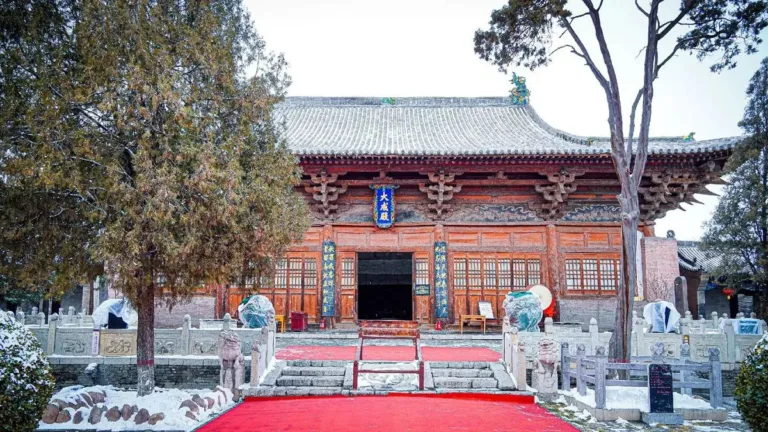Most Popular Shanxi Attractions
Pingyao Ancient City (平遥古城), located in central Shanxi Province, is a remarkably well-preserved example of a traditional Chinese county town. Founded during...
The Yungang Grottoes (云冈石窟), originally known as Lingyan Temple (灵岩寺) and Stone Buddha Temple (石佛寺), are a renowned series of ancient rock-cut temples...
Datong Ancient City (大同古城), with its rich and storied history, has long been a significant urban center. As early as the Northern Wei Dynasty, when it...
Mount Wutai (Wutai Mountain, 五台山, Five Terraces Mountain) is located in the northeastern part of Shanxi Province, with an average elevation of over 1,000...
The Hanging Temple (悬空寺), originally known as “Xuankong Pavilion,” is situated on the sheer cliffs of Cuiping Peak on the west side of Jinlong...
Shuanglin Temple (双林寺), originally known as Zhongdu Temple, is located in Pingyao and boasts a history of over 1,400 years. It is an important component...
The Wang Family Compound (王家大院), built by the affluent Wang clan of Jingsheng, spans from the Ming Dynasty’s Wanli period to the Qing Dynasty’s...
Jinci Museum (晋祠博物馆), a national first-class museum, is located in Taiyuan, Shanxi Province. It covers an area of 12,000 square meters with a building...
Hukou Waterfall (壶口瀑布, Mouth of the Pot Waterfall) is the second-largest waterfall in China and the world’s largest yellow waterfall. It is located...
Other Attractions in Shanxi
Linfen Museum (临汾博物馆) covers a total area of 32,429 square meters, with a building height of 23.65 meters and approximately 2,000 square meters of exhibition...
Jinguo Museum (晋国博物馆, Jin State Museum), located in Quwo County, Shanxi Province, is the first large-scale site museum in Shanxi Province, built upon the...
Feihong Pagoda (飞虹塔, Flying Raibow Pagoda), located within Guangsheng Temple in Hongtong County, Shanxi Province, is a remarkable example of ancient Chinese...
Yunqiu Mountain (云丘山), historically known as Kunlun Mountain, is a significant landmark in Chinese culture, revered by ancient emperors Yao, Shun, and...
Yao Temple (尧庙), originally built during the Western Jin Dynasty over 1,700 years ago, is dedicated to the worship of the ancient Chinese emperors Yao,...
Hongtong Dahuaishu Ancestor Memorial Garden (洪洞大槐树寻根祭祖园) is the only national site in China dedicated to the themes of “root-seeking” and “ancestor...
Guangsheng Temple (广胜寺), located in Linfen City, Shanxi Province, was originally built in 147 AD during the reign of Emperor Huan of the Eastern Han Dynasty....
Nanchan Temple (南禅寺), located in Xinzhou City, Shanxi Province, has a history of over 1,200 years and is an important cultural and historical site in China....
Foguang Temple (Buddha Light Temple, 佛光寺) is located on the western slope of the southern terrace of Mount Wutai in Shanxi Province. The temple was originally...
Nanshan Temple (南山寺), located about 2 kilometers north of Taihuai, is a majestic structure built into the mountains at an elevation exceeding 1,700 meters....
Wuye Temple (五爷庙), also known as Guangji Dragon King Temple (广济龙王庙), is a renowned religious site located in the heart of Taihuai Town, Wutai County, Xinzhou...
Xiantong Temple (显通寺) is located on the northern side of Taihuai Town in Wutai Mountain, Shanxi Province. It is one of the largest and oldest temples in...
Pusading (菩萨顶), situated on Lingjiu Peak to the north of Xiantong Temple in Taihuai Town on Mount Wutai, is the largest Yellow Sect (Gelug) temple on the...
Dailuoding Temple (黛螺顶), located on Mount Wutai, is a renowned ancient temple with a rich history and unique characteristics. Originally known as Qingfengding,...
Shuxiang Temple (殊像寺), named after its enshrinement of Manjushri Bodhisattva, is located in Xinfang Village, Taihuai Town, Wutai County, Xinzhou City,...
Tayuan Temple (Pagoda Courtyard Temple, 塔院寺) is one of the most renowned Zen sites on Wutai Mountain, located in Taihuai Town, south of Xiantong Temple....
Fomu Cave (佛母洞), also known as the Thousand Buddha Cave (千佛洞), is a limestone cave located near the summit of the Southern Peak of Mount Wutai in Shanxi...
Yedou Peak (叶斗峰), also known as the North Terrace of Mount Wutai, stands at an elevation of 3,058 meters, making it the highest peak in Shanxi Province...
Jinxiu Peak (锦绣峰), also known as the South Terrace of Mount Wutai, is located 12 kilometers south of Taihuai Town in Shanxi Province. Standing at an elevation...
Moon Hanging Peak, also known as Guayue Peak (挂月峰), is the western terraces of Mount Wutai, located 13 kilometers west of Taihuai Town in Shanxi Province....
Wanghai Peak (望海峰), located on the East Terrace of Wutai Mountain, is a prominent and iconic feature in this renowned Buddhist mountain range. Situated...
Lao Niu Wan (老牛湾), or Old Ox Bay, marks the first point where the mighty Yellow River flows into Shanxi Province. This unique geographical feature is characterized...
Yanmen Pass (雁门关) is a crucial part of the Great Wall of China, a World Heritage Site, renowned for its strategic importance and perilous position. It,...
Taiyuan Zoo (太原动物园), established in December 1957, is located on Wohu Mountain in the northeastern part of Taiyuan, covering an area of 2032.2 acres. It...
The Tianlongshan Grottoes (天龙山石窟) are located in the suburbs of Taiyuan City, Shanxi Province. Carved initially during the Northern Wei Dynasty, they were...
Juewei Mountain (崛围山) is located in the outskirts of Taiyuan, Shanxi Province, and stretches in a north-south direction, with an elevation of around 1,400...
Chongshan Temple (崇善寺), located in the southeastern corner of Taiyuan, has a rich history dating back to the Tang Dynasty when it was initially known as...
The China Coal Museum (中国煤炭博物馆), located in Taiyuan, Shanxi Province, opened on September 30, 1989. Covering approximately 11 hectares with a building...
Jinci Park (晋祠公园) is located in front of the eastern gate of the Jinci Temple complex, making it a key destination for visitors to Jinci Temple. The park...
Donghu Vinegar Garden (东湖醋园), located in Taiyuan, spans over 20,000 square meters and is renowned as a unique museum that showcases both the traditional...
Yongzuo Temple (永祚寺), commonly known as the Twin Pagoda Temple (双塔寺), is located in the southeastern part of Taiyuan, Shanxi Province. Established during...
The Mengshan Giant Buddha (蒙山大佛), constructed during the Tianbao era of the Northern Qi Dynasty, is approximately 1,500 years old. It is the largest cliff-carved...
Taiyuan Food Street, originally established during the Song Dynasty, is located in the commercial center of Taiyuan. Known as “Yuanmenqian (院门前)”...
The Shanxi Provincial Museum (山西博物院) is one of China’s first-class national museums and the largest center in Shanxi Province for collecting, preserving,...
Xianshen Tower (祆神楼), also known as Xuanshen Tower (玄神楼), is located in Jiexiu City, Shanxi Province. This towering wooden structure is renowned for its...
The Cao Family Compound (曹家大院), also known as San Duo Tang (三多堂, Three More Hall), derives its name from the concepts of “more happiness, more longevity,...
The Qu Family Compound (渠家大院), located in Jinzhong City, Shanxi Province, was originally established during the Qing Dynasty’s Qianlong era. Covering...
Yuci Ancient Town (榆次老城), located in Jinzhong City, Shanxi Province, was reconstructed in the second year of the Kaihuang reign of the Sui Dynasty (AD...
The Chang Family Compound (常家庄园), often referred to as the residence of the “Confucian Merchants,” is an extensive architectural complex belonging...
Youjian Pingyao (Again See Pingyao, 又见平遥) is an immersive theatrical performance that tells a poignant story of lineage, loyalty, and the enduring spirit...
Zhangbi Ancient Castle (张壁古堡), also known as Zhangbi Village, is located in Jiexiu City, Shanxi Province. Established during the Sixteen Kingdoms period...
Mianshan Mountain (绵山), also known as Jieshan (介山), has its origins in the Spring and Autumn period when Jie Zitui of the Jin State took refuge there with...
Qiao Family Compound (乔家大院), also known as Zai Zhong Tang (在中堂), is located in Qixian County, Shanxi Province. It was originally built in 1756. The entire...
The Pingyao City Wall (平遥城墙), originally constructed during the reign of King Xuan of the Western Zhou Dynasty (827-782 BC), was initially made of rammed...
Located at 11 Shuyuan Street within the ancient city of Pingyao, Shanxi Province, the Former Residence of Lei Lutai (雷履泰故居) is a significant historical...
Located in Pingyao, Shanxi Province, the Xietongqing Ancient Bank Museum (协同庆钱庄博物馆) provides a rich historical narrative of China’s banking evolution....
Pingyao Ancient City Tower (平遥古市楼), situated at the center of Pingyao Ancient City, Shanxi Province, spans the north-south axis of South Street. It is...
Zhenguo Temple (镇国寺), originally named Jingcheng Temple, was founded in the 7th year of the Tianhui era during the Northern Han period (963 AD). It was...
The North China’s First Escort Agency Museum (华北第一镖局博物馆), located at 22 East Street, Pingyao Ancient City, Shanxi Province, covers an area of over 1,000...
The City God Temple in Pingyao (平遥城隍庙, Chenghuangmiao) is a prominent historical and cultural site located in the central section of Chenghuangmiao Street,...
The Pingyao Confucius Temple (平遥文庙), located in the southeastern corner of Pingyao County, Shanxi Province, covers an area of 40,580 square meters. It...
1
2





